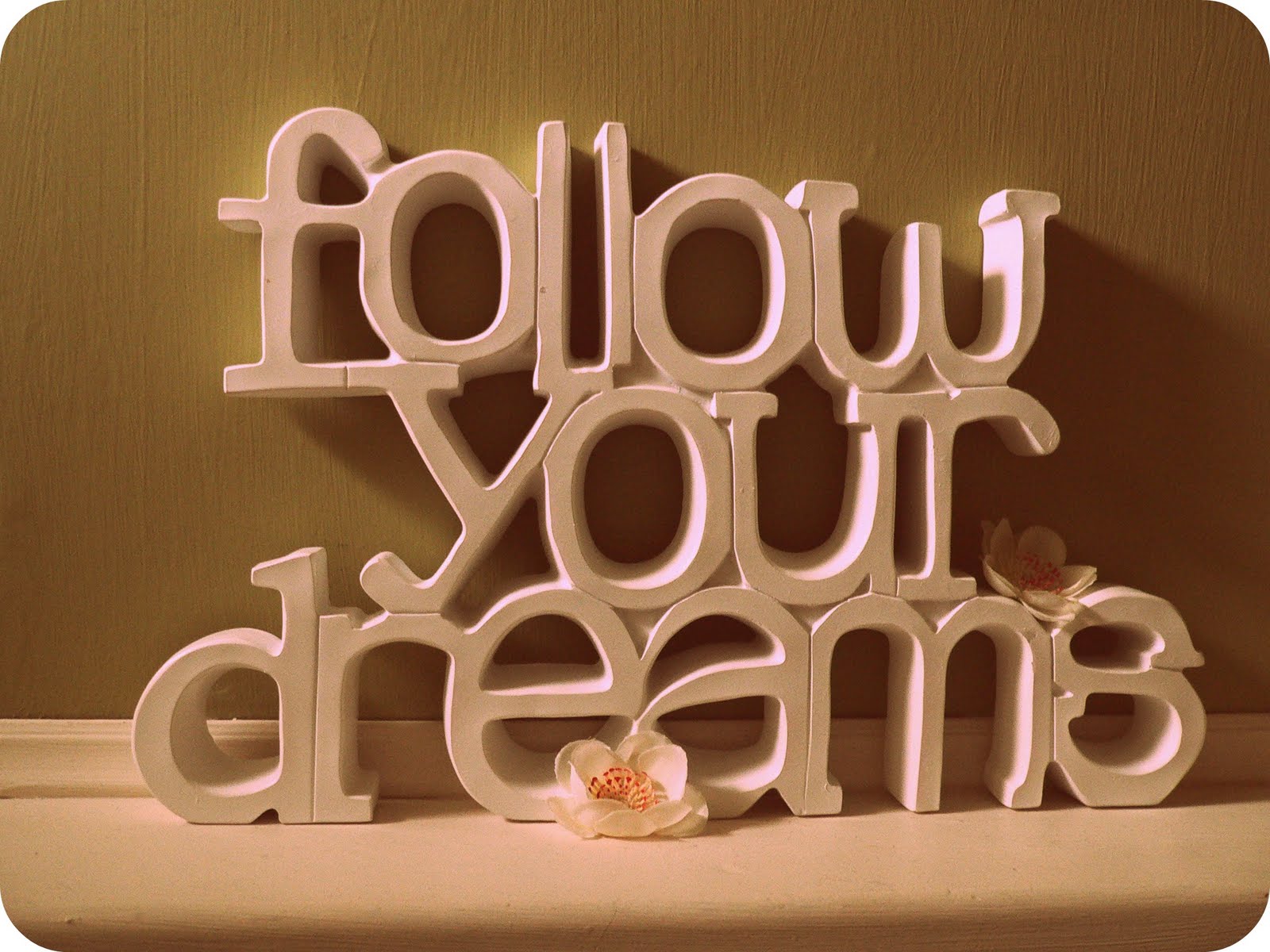This approach will look different on every person, depending on the shape of the features. Brande’s one piece of advice: practice, practice, practice. Try it, play around, and discover what works on your face. “It’s not as complicated as it seems,” Brande swears. “Some people do it every day!”
There are two main techniques used for basic contouring: lowlighting and highlighting. Lowlighting refers to using a darker color wherever there’s an area of the face or feature you want to recede or de-emphasize. Brande recommends a hue about three shades darker than your own skin—and making sure your product is matte, never frosted or shimmery. The opposite of lowlighting is highlighting—this you do on areas you want to emphasize or bring forward. For highlight, you can use either matte or frosted/shimmery color, whichever you prefer.
Here’s how to do a basic highlight for the cheeks, nose, eyes, and jaw. For this tutorial, we used powder eye shadows from Inglot. Make Up For Ever’s sculpting kits also get Brande’s thumbs-up; check out this quick guide to contour kits at every price for more ideas, too.
Cheekbones
According to Brande, the first thing most people want to contour are the cheekbones. To start, try receding the hollow of the cheek. You can find the hollow of cheek right underneath the cheekbone—there, apply your darker lowlight shadow using an angled medium or large brush. We used taupe-y brown here.Every area you lowlight, you want to balance with a highlight. After receding the hollow of the cheek, counter that by making cheekbones stand out. To do that, brush on a frosted gloss or light shadow along the cheekbones, and blend out toward the temple.
Nose
This is a basic strategy to slim down the nose just a bit (which remember, may not work on every face). For the nose, use the same lowlight shade you used for cheeks. Start at inner corner of brow and apply down either side of the nose.Next, apply your highlight down the bridge of the nose. For the nose, always use matte product, even for highlighting. “Generally speaking, people don’t want the nose or T-zone to look shiny, so in those areas, I’d stay away from frost or shimmer,” Brande explains. Finally, blend the two together using a brush.
Eyes
To make the eyes pop in two simple steps, start with your lowlight. Apply into the crease of the lid and blend well.Then, counter that with a highlight, brushed right along the browbone.
Jaw
To lowlight, apply your darker shadow below the jaw along the jawline, right where the jaw meets the neck. Then blend down into the neck using a clean brush, so you don’t have a line.
Then, highlight right on top of the jawline, and blend together.Be careful not to go all the way around to the chin here. You want to highlight on the sides, along the mandible. “If you go all the way forward to the chin, it can make the chin look bigger, like it’s jutting forward,” says Brande.








No comments:
Post a Comment